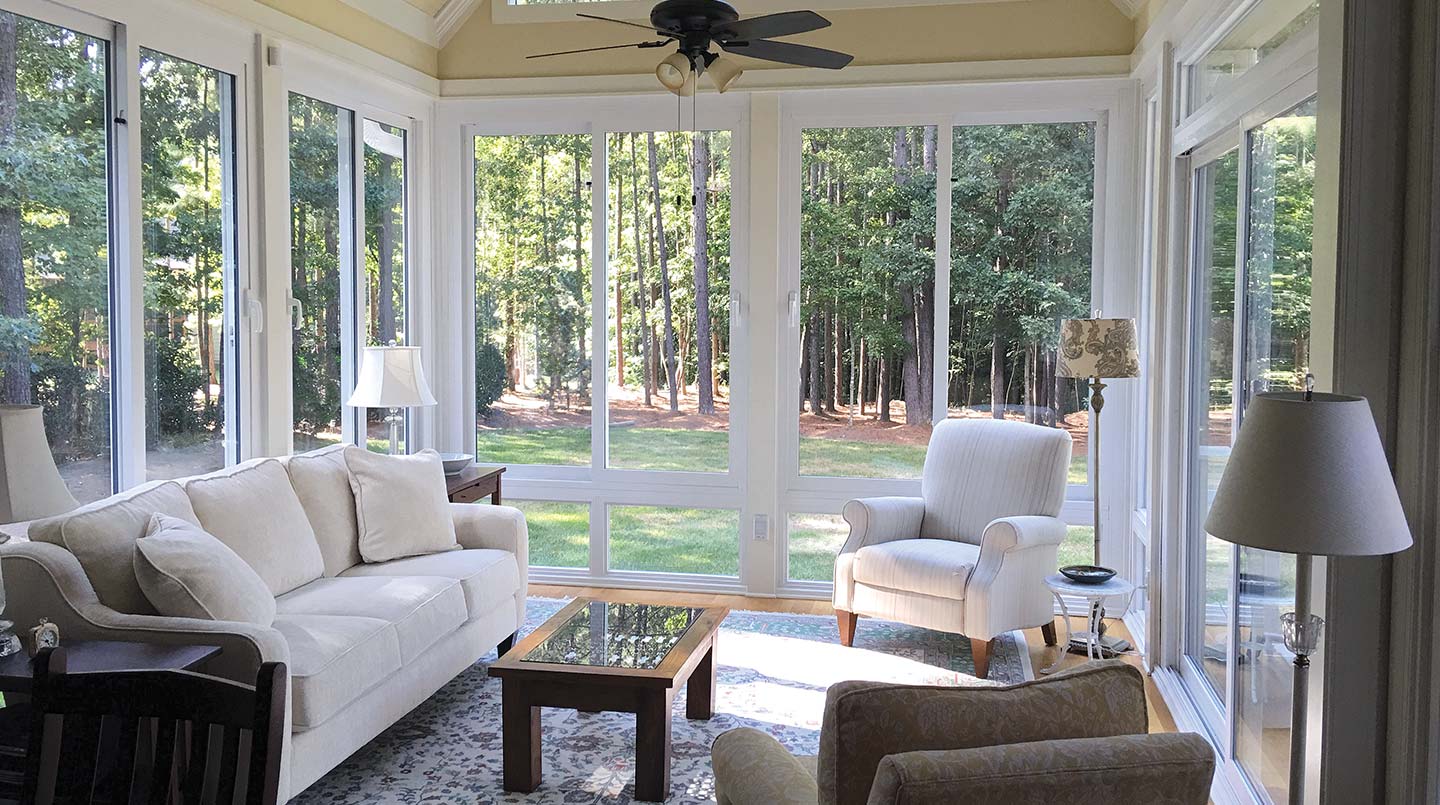The dream of expanding your home, creating a new living space that seamlessly blends with the outdoors, can become a reality with the addition of a 3-season or 4-season room. These versatile home additions not only provide extra square footage but also offer a unique space to enjoy the beauty of every season in comfort. In this comprehensive guide, we'll explore the differences between 3-season and 4-season rooms, their benefits, and the steps involved in creating your own personal oasis.
What Is a 3-Season Room and a 4-Season Room?
3-Season Room: A 3-season room, also known as a sunroom, is designed for use in spring, summer, and fall. It typically features large windows, screens, and minimal insulation. This room allows you to enjoy the outdoors without exposure to the elements.
4-Season Room: A 4-season room, often called an all-season room, is designed for year-round use. It features proper insulation, heating, and cooling systems, allowing you to enjoy it in all seasons, even during the harshest winter months.
Benefits of Adding a 3-Season or 4-Season Room
Additional Living Space: Whether it's a cozy spot for reading, a dining area with a view, or an entertainment space, these additions provide valuable extra square footage.
Indoor-Outdoor Living: Both 3-season and 4-season rooms blur the lines between indoor and outdoor living, allowing you to enjoy the natural surroundings without exposure to pests and harsh weather.
Increased Home Value: These rooms are attractive features for potential buyers, making your home more desirable in the real estate market.
Flexibility: You can customize these rooms to fit your specific needs and style preferences, making them a versatile addition to your home.
Steps to Add a 3-Season or 4-Season Room
Planning and Design: Start by envisioning the purpose of your room and its location. Work with an architect or designer to create a plan that aligns with your goals and the aesthetics of your home.
Permitting: Check with your local authorities for the necessary permits and zoning regulations. Compliance is essential to ensure a smooth construction process.
Foundation and Framing: Your new room will require a foundation and framing. Ensure it's properly attached to your existing structure and has a sturdy base.
Windows and Doors: Choose energy-efficient windows and doors for your room, considering factors like insulation and UV protection.
Roofing and Insulation: The roofing materials should match your home's existing roof, and proper insulation is crucial for year-round comfort.
Heating and Cooling: For a 4-season room, you'll need a heating and cooling system. Ensure it's properly installed for comfort in all seasons.
Finishing Touches: Customize your room with flooring, lighting, and interior design elements that match your style.
Final Inspection: Once construction is complete, have your room inspected to ensure it meets all safety and building code standards.
Adding a 3-season or 4-season room to your home is an investment that can provide year-round comfort, extra living space, and a connection to the outdoors. Whether you opt for a sunny retreat for warmer months or a cozy, insulated oasis for all seasons, these rooms are a wonderful way to enhance your home's functionality and value. Start planning your home addition project today and create a space that you'll enjoy for years to come.

